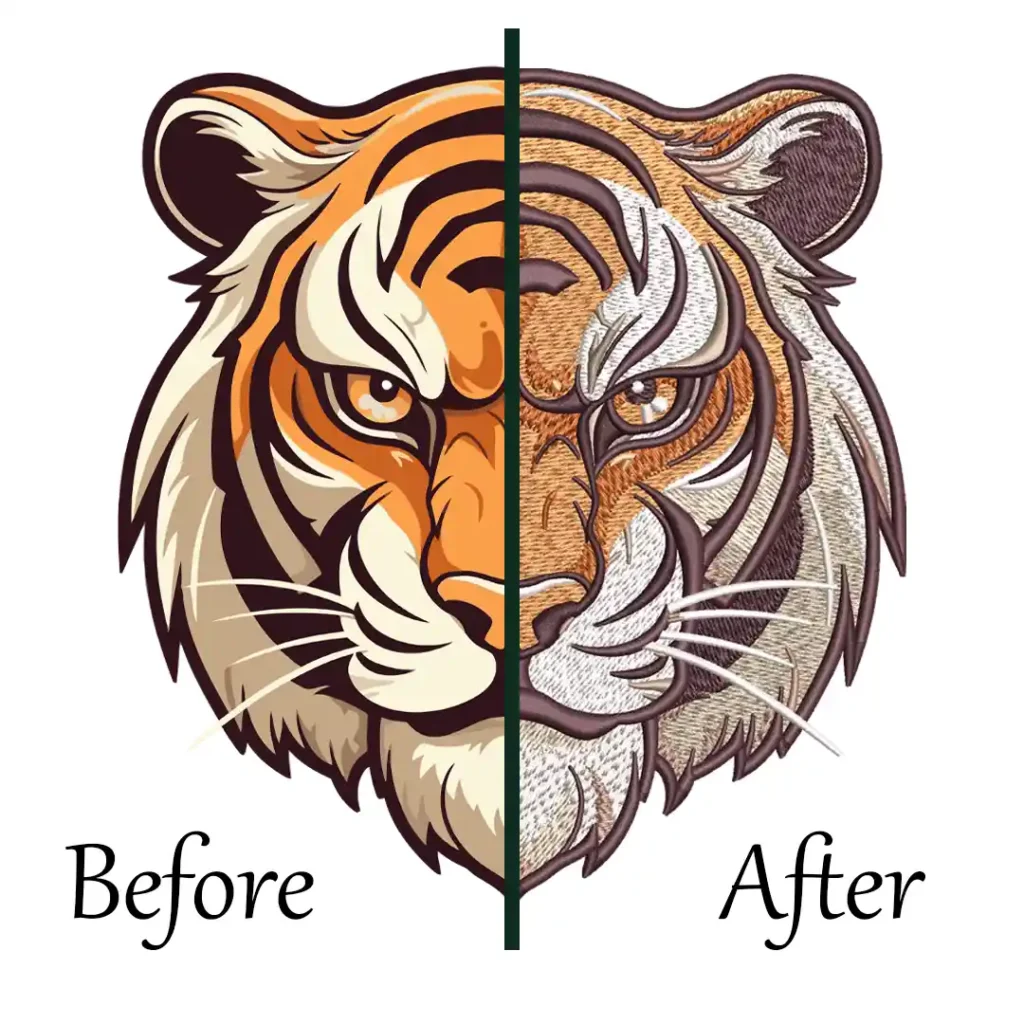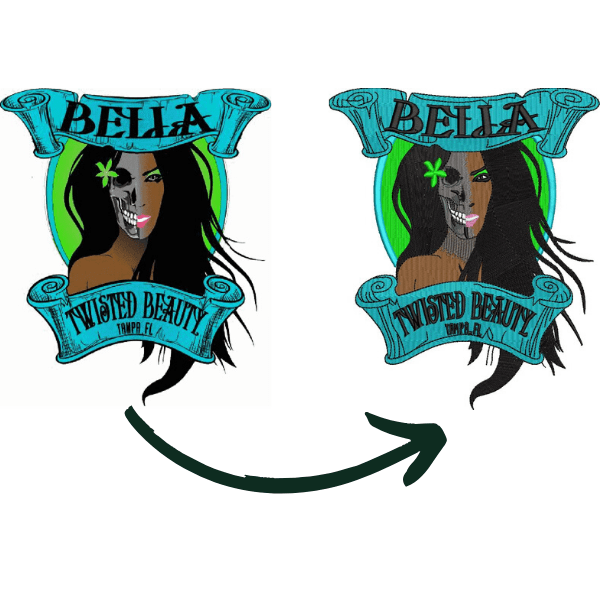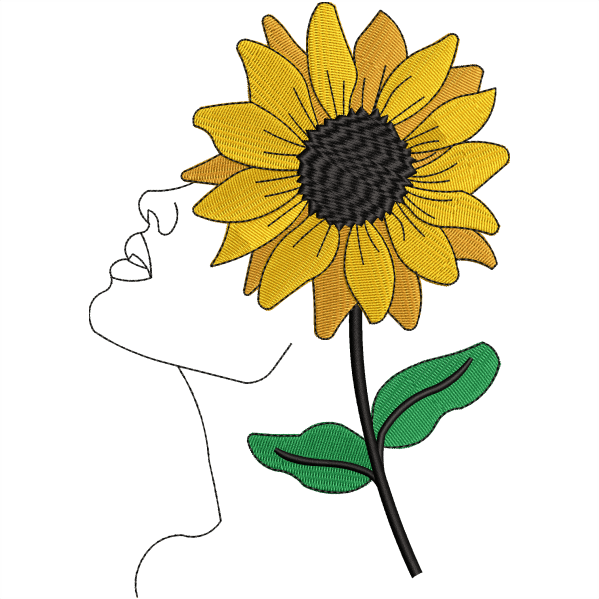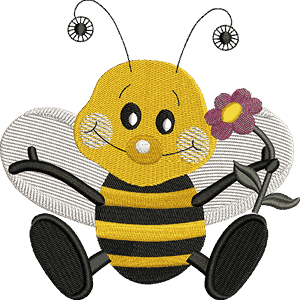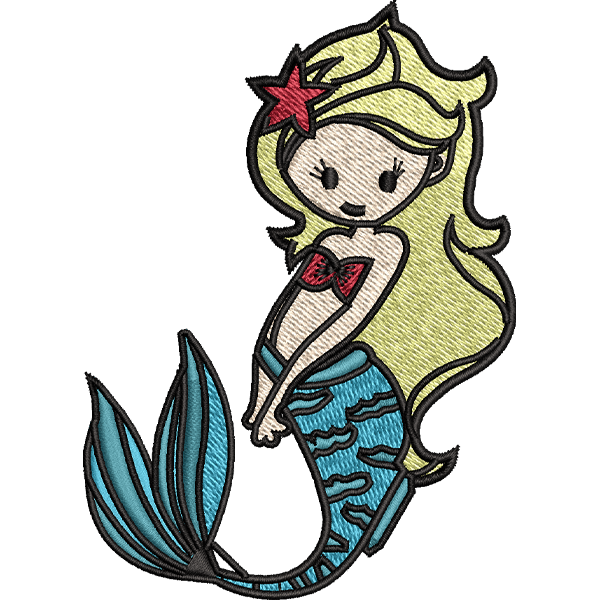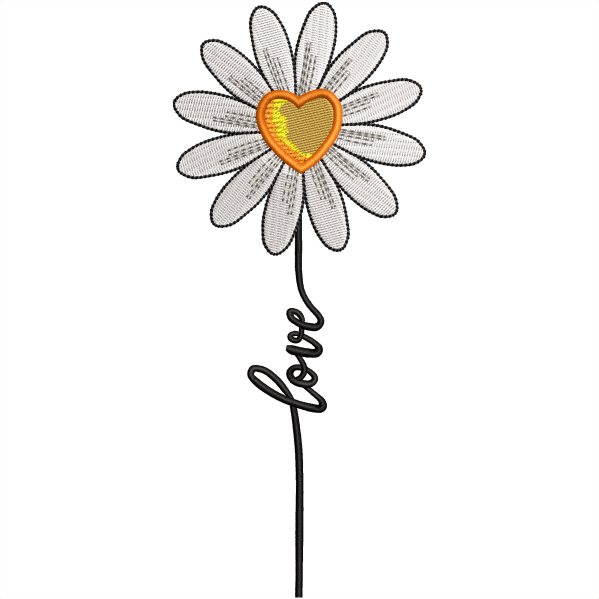Let’s go on a fun adventure of cutwork embroidery designs with Zdigitizing!
Imagine a simple fabric turned into a masterpiece using stitches and scissors. It is just like magic on a garment.
In this guide, we’ll show you easy steps to make unique cutwork designs using an embroidery machine. We keep it simple and easy, so you don’t need any experts. Here, you’ll learn everything from materials to fabric and the step-by-step process of cutwork design.
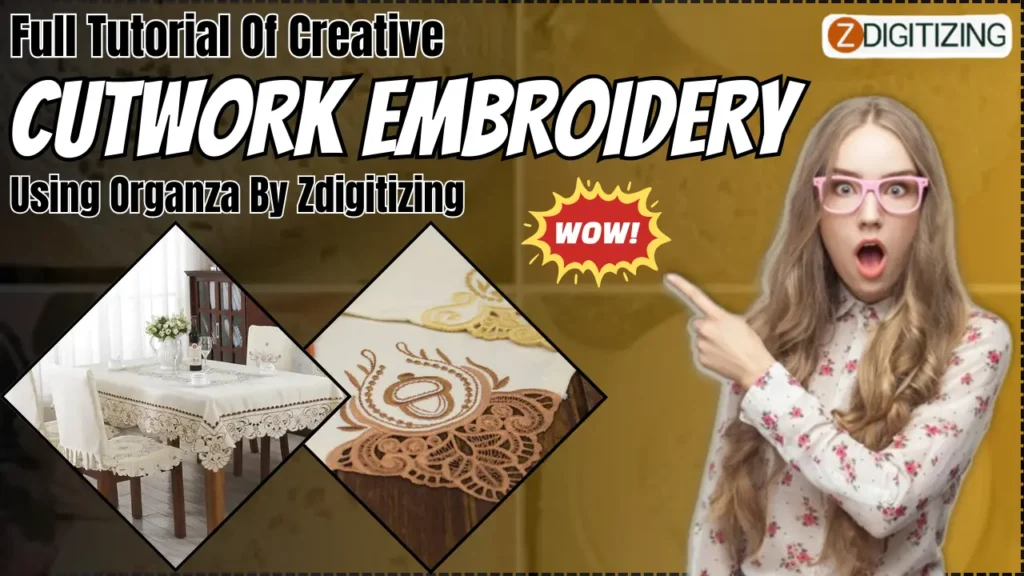
Now, it’s time to be ready to transform your fabric into a piece of art and make your moments memorable.
We also have an exclusive offer for all embroidery lovers, so stay with us till the end!
Full Tutorial Of Creative Cutwork Embroidery Using Organza By Zdigitizing
What is Cutwork Embroidery?
Cutwork embroidery is a technique that involves cutting away parts of fabric and adding intricate stitches to create a beautiful finish. The final result resembles a captivating blend of lace and embroidery, which is why it’s often referred to as “lace embroidery.”
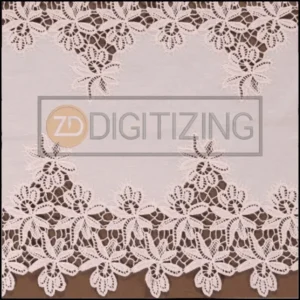
When engaging in cutwork embroidery, you can use a machine or work by hand to create a pattern on the fabric. Afterward, you carefully remove the areas that will be embroidered. This technique primarily relies on two types of stitches: buttonholes and running stitches.
This particular style of embroidery is used on things like collars, cuffs, linens, garments and doilies. It allows for the creation of designs such as shapes, leaves and flowers using different thread types, including metallic, silk or cotton threads.
Remember: It’s important to note that undertaking cutwork embroidery requires precision and skill to achieve a professional end result. Due to its intricacy and level of expertise involved in executing it, cutwork embroidery is widely regarded as a high-end type of embroidery.
Materials Needed For Cutwork Embroidery:
To make creative cutwork embroidery, gather the following materials:
- Embroidery thread: Select a thread color that goes well with your fabric. You can even use different colors for the embroidery on different parts of the design.
- Embroidery hoop: Maintains fabric tautness for precise embroidery. Go for a hoop of the right size for your work.
- Needle: Select an appropriate needle for your chosen fabric and thread .
- No-show mesh (fusible backing): Ensures stability during the embroidery process.
- Water-soluble stabilizer: Essential for preventing fraying and ensuring a clean finish.
- Scissors: A sharp embroidery scissors pair is crucial for cutting the organza fabric with precision.
- Iron and ironing board: Pre- and post-cutting ironing ensures a flat fabric surface.
- Organza fabric: Best for cutwork embroidery because it is easy to cut and alter. There are a lot of colors of organza available in the market. You can choose one that complements your design.
- Design Template: To embark on this creative journey, a design is essential. Whether by hand or with a machine, precision is key. The chosen design dictates the character of the final product, be it floral motifs, geometric shapes, or intricate leaves.
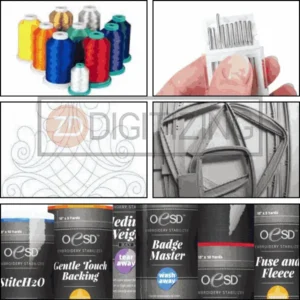
Bonus Offer: You can hire Zdigitzing for cutwork embroidery designs at an affordable price with the promise of high quality. Our digitizers manually work on every detail of the design to ensure its quality and convert them into a digital file format, which your computerized embroidery machine can read.
A Step-by-Step Guide For Making Cutwork Embroidery Design:
Now, let’s look at the process of stitching creative cutwork embroidery with organza:
Step 1: Prepare the Material
Iron a piece of no-show fusible mesh backing to the backside of the item you’ll be embroidering.
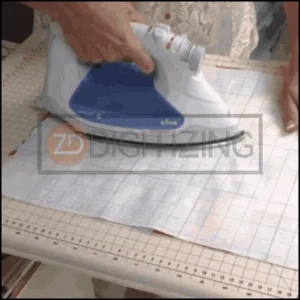
Step 2: Cut a Hole
Before hooping, cut a small hole in the center of your material. This is used as a starting point to cut your fabric piece later.
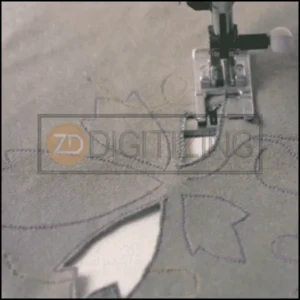
Step 3: Hoop the Material
Hoop the item to be embroidered, the organza, and the stabilizer together, creating an organza sandwich (fabric on top, organza in the middle, and water-soluble stabilizer on the bottom).
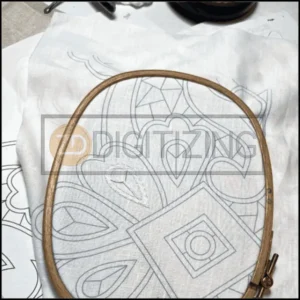
Step 4: Embroider Outline
Secure the hoop onto your embroidery machine and embroider color number one. This creates a running stitch for the cutout area.
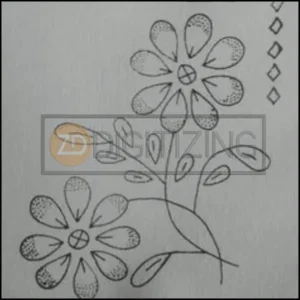
Step 5: Carefully Cut
Take the hoop off the machine and carefully cut your top material with scissors inside the area where the cutting line has been embroidered.
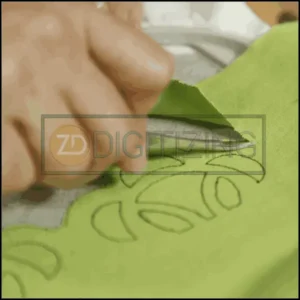
Step 6: Tack Down
Place the hoop back into the machine and embroider the second color. This provides the tack-down line. Keep embroidering the rest of your cutwork design until it is completed.
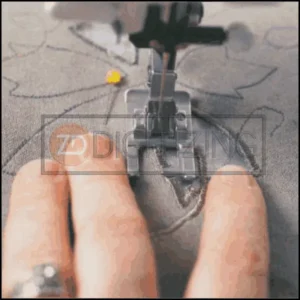
Step 7: Trim Excess Material
Remove the completed item from the hoop and cut away the fusible no-show mesh backing and organza as close as possible to the stitching.
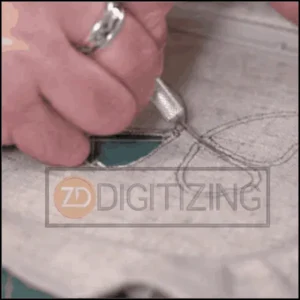
Step 8: Dissolve Stabilizer:
Now, it’s time to dissolve the stabilizer. Just dip your fabric in water or use a pressing cloth to remove it.
Check our blog on how to remove stabilizers so you can easily remove them without damaging your fabric.
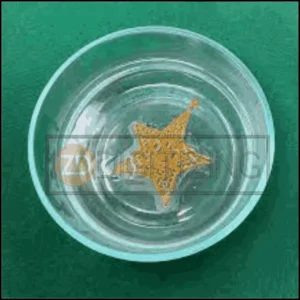
Step 9: Dry
Now, leave the cutwork design to dry.
Congratulations!
You now have a beautiful stitch.
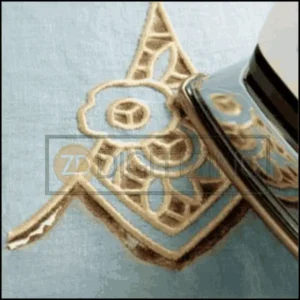
Step 10: Optional (Enhancements)
You can also add some extras like sequins, beads, or lace to make the creative cutwork embroidery design.
Why Do We Use Organza For Cutwork Machine Embroidery?
Cutwork is usually done to decorate the home and give it a vintage feel. If you embroider the same designs on your clothes, it gives the same result. But sometimes it causes trouble.
- Firstly, cutwork may reveal the area too much, especially if embroidered on a shirt.
- Secondly, you must be careful while washing it because some parts of the embroidery break apart and completely destroy.
So, this is why we use organza in the cutwork design process. Also, it adds some structure and enhances its aesthetic appeal.
Tips For Creative Cutwork Embroidery:
- For creating contrast, you can use different colors of thread.
- You can add more detail to the design using applique work.
- Experiment with new embroidery techniques to give a more personal touch.
- Don’t over-tighten the hoop because it will distort the fabric.
- To prevent fraying, use fresh needles for every project.
Troubleshooting Common Problems During Cutwork Embroidery:
Here are a few tips if you’re facing any trouble during embroidery cutwork:
- To ensure that your fabric is handled properly, make sure to choose the needle and stabilizer based on its type.
- Double-check the tension on your embroidery machine to ensure it’s set correctly.
- If you have difficulty trimming fabric, consider using a pair of sharper scissors.
- Try adding a finishing stitch through embroidery to prevent fraying edges on your cutouts.
With some practice, you’ll soon be creating stunning cutwork embroidery designs effortlessly!
We offer cutwork embroidery digitizing services according to your requirements. You can also get help from our digitizers if you face any difficulties. We have 24/7 customer support. Your satisfaction is our priority.
Conclusion:
You might wonder why we go for organza in creative cutwork embroidery. Unlike applique, organza increased stability and enhanced the design’s durability. This technique also provides color flexibility and experimentation with sheer materials like tulle.
Going on the creative cutwork embroidery journey with Organza opens up possibilities. This detailed guide ensures a seamless experience, offering insights into materials, design, and precise execution.
We hope this tutorial helps you in crafting breathtaking cutwork organza projects.
Happy stitching!
Winding up:
We have an exciting offer for you!
We offer a massive 50% off your very first order! Don’t miss this limited-time offer to save big on custom embroidery digitizing and vector art.
So, contact Zdigitizing today, and let’s bring your vision to life with precision and creativity!
Frequently Asked Questions:
For embroidering on organza, you follow these steps. First, apply fusible backing and hoop the material. Secondly, start with embroidering outlines, cut the top material, tack down the line, and keep embroidering the rest of the design. Lastly, give it a finishing touch by trimming the excess material, removing the stabilizer, and drying it.
Organza is the best fabric for cutwork embroidery because it is sheer and thin. When combined with cutwork techniques, it produces stunning designs. It also provides structural support to cutwork design.
There are two main types of stitches used: satin and running stitches. It creates complex designs while maintaining the integrity of the cutwork structure.
Hoop the fabric with fusible backing, water-soluble stabilizer, and organza. Just create a sandwich. Then, embroider the designs that you get from Zdigitizing and carefully cut the stitch lines. Now you have a beautiful cutwork design.

